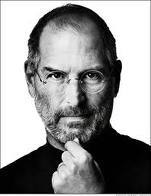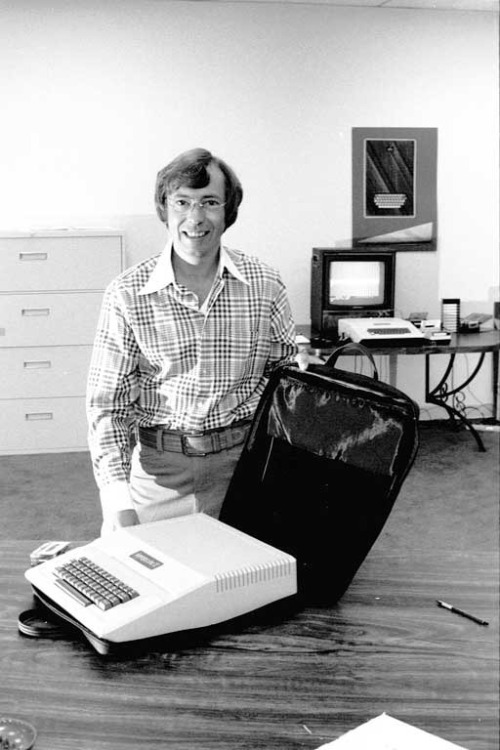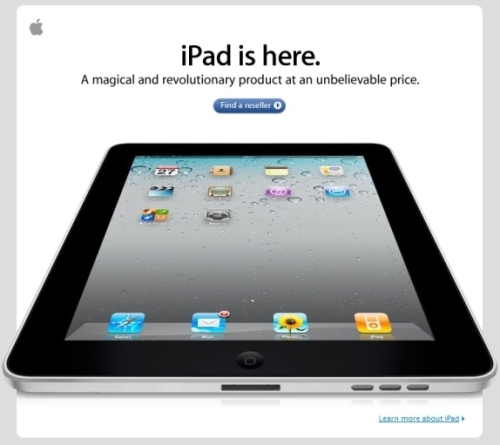I decided to study the way leadership has panned out at Apple over the years to understand if Apple can be as successful without Steve Jobs as it was with him around!.
A Brief History of Leadership at Apple
-
Apple Computer Company was founded by Steve Wozniak, Steve Jobs and Ron Wayne on April 1. 1976.

Jobs and Wozniak in 1976
-
Mike Markkula, a former Intel middle manager fell in love with the idea of Apple.
Mike Markkula
-
He prepared the initial business plan and brought in the venture capitalists to support the two young Steve geniuses – Wozniak and Jobs.
- Markkula brought 32 year old Mike Scott, an old acquaintance as the first CEO of Apple.
- Scott effectively created the organization from scratch. In the first full fiscal year, Apple netted $7,75,000, which could be termed ‘astonishing’ in comparison to other start ups in Silicon Valley.
- Scott managed well the growing tension between Jobs and Wozniak, both young – in their 20s – and indispensable to Apple.
- In 1980, on the back of Apple’s first IPO (which made both Jobs and Wozniak millionaires), Scott decided to axe 41 people, which proved to be a contentious decision.
- In 1981, as Scott’s health failed and he became more autocratic and erratic, the Apple board sought and got his resignation.
- Also in 1981, Steve Wozniak injured himself seriously in a plane crash, and was lost to the company for years.
- On the lookout for a CEO, Steve Jobs approached John Scully, the golden boy at Pepsi, and a heir apparent to the Pepsi Chairman.
Steve Jobs and John Scully
-
In 1983, Scully decided to join Apple, fully intending to get along with Jobs.
-
However, their relations turned rocky as Jobs kept on promising good performance of his Mac division, which wasn’t happening. Stiff competition from the new IBM PC further compounded Mac’s and Apple’s woes.
-
To keep Steve Jobs busy and out of other people’s business, Scully merged the Lisa (another line of computers) division into the Mac division under Jobs.
-
In 1985, outraged by this decision of favoring the Mac division, Wozniak quit Apple.
-
Finally, Scully decided to act against the monster Jobs. In 1985, he told the Board that either of them (he or Jobs) will have to get out of operations.
-
The Board reluctantly authorized Scully to remove Jobs from operations.
-
In protest, Jobs summarily quit Apple, and took top 5 lieutenants with him to launch his own NeXT Computers.
-
Scully led the company till 1993. Under his stewardship, while Apple’s sales grew from $800 mn a year to $8 bn a year (and for at least some of those years, Apple was among the most profitable American companies), Apple’s share of the PC market decline
d from 20% to 8%. -
Several failed product launches later, the end of Scully came in 1993, when he resigned as CEO.
-
Later, in a frank admission, Scully said that Apple committed a big mistake by hiring him as CEO. Click here for the admission.
-
Scully was replaced by his Operations head, the Germany born Michael Spindler.
-
Spindler came into an untenable position. Getting the 20% market share was nowhere in sight.
-
Under severe financial strain, Spindler carried out several phases of layoffs. Believing that a lower price could salvage Apple some market share, he flooded the market with low quality products. The products didn’t sell, resulting in a billion dollar write off.
-
Spindler and the Board were rumored to be negotiating a sale of Apple to Sun.
-
By 1996, Spindler was gone and was succeeded by Gil Amelio.
-
Interestingly, Steve Jobs paid Amelio a visit in 1996. He displayed raw ambition by asking Amelio to champion his return as CEO of Apple, assuring that only one person – he himself, could straighten out the company!
-
In the meantime, coinciding with Amelio’s 500 day tenure as CEO, Apple lost $1.6 bn.
-
In 1996, Apple under Amelio bought Jobs’ Next Computers and also got him back into the company.
-
In 1997, Steve Jobs, The Prince, replaced Amelio as the CEO!
-
Steve Jobs purged the board of Mike Markkula, who had helped invent the company some 21 years ago!
The rest, as they say, is history. Apple has not looked back since!
Was Steve Jobs indispensable?
Clearly, Apple has not been able to achieve much success without Steve Jobs. The history therefore brings us to the moot question – Can Apple survive without Steve Jobs?
Steve Jobs was par excellence in design, and had a vision of a true leader. He had his fingers on the pulse of his customers and developers. He was innovative. Despite the fact that he had often been described as ‘obnoxious’ and ‘Machiavellian’, he was the one who had steered the ship clear of any trouble for Apple. He was the one responsible for the iPod, the iPhone and the iPad, each of which was a ‘first of its kind’ product!.
The iPhone4S event of October 4, 2011, a first after the resignation of Steve Jobs, was termed a damp squib by analysts, who clearly seemed to miss the towering presence of Steve Jobs.
Probably, the one ‘risk factor’ that Apple ought to mention in its prospectus is – Steve Jobs was indispensable to Apple!
What are your views? What leadership qualities did you see in Steve Jobs? Do you see Tim Cook capable enough to be as successful as Steve Jobs was? Please do comment and share your views!
References
-
The Apple Way by Jeffrey L Cruikshank
My other blog posts on Apple
From the archives : The Apple-Microsoft deal 1997






